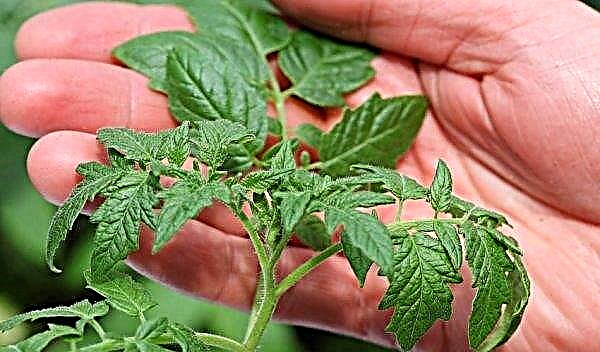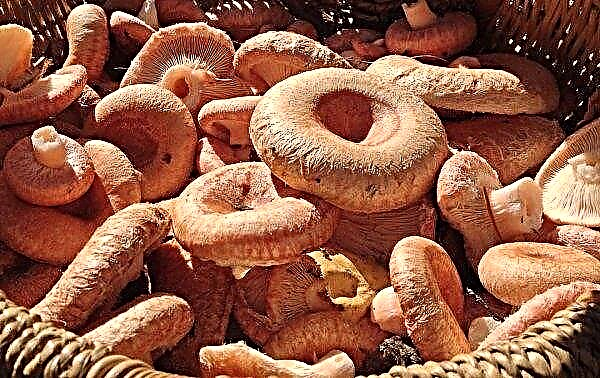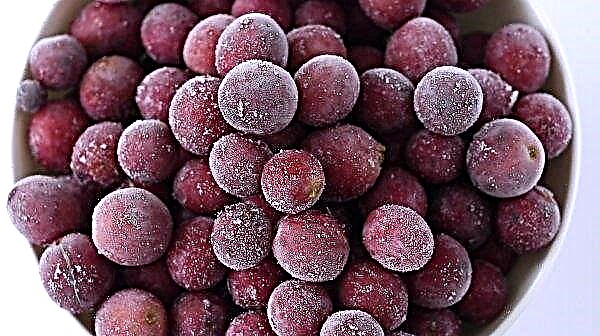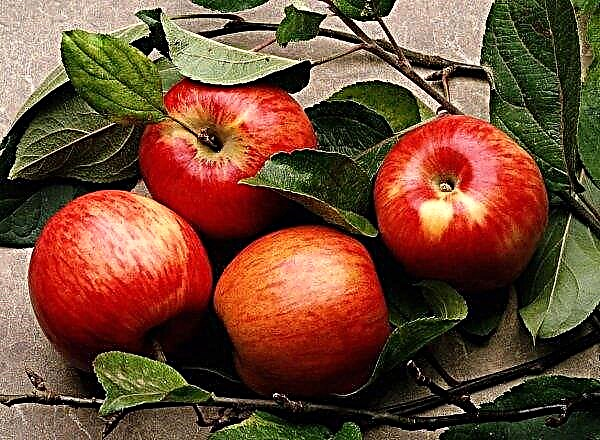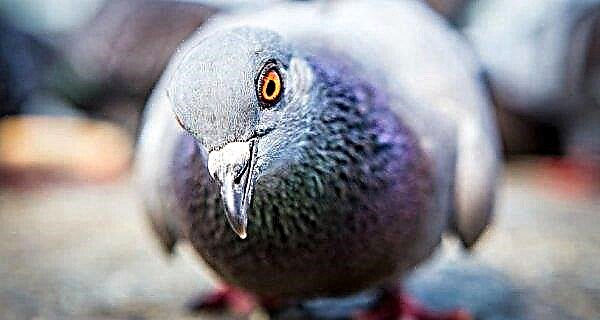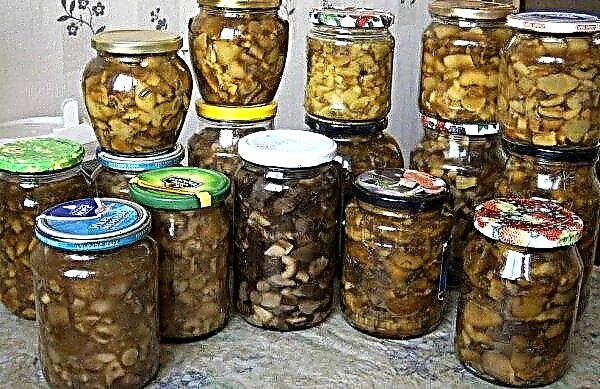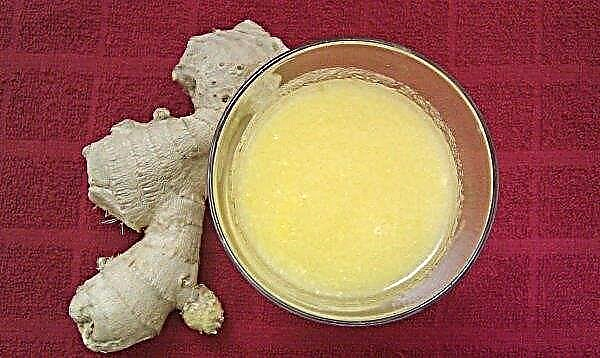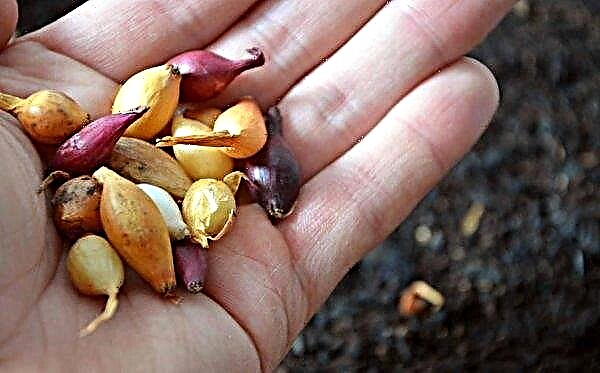Orchid is one of the most beautiful and ancient flowers in the world, almost every grower dreams of growing it. But many are scared by the capriciousness of the plant, moreover, this flower is not so easy to propagate. Most often, a vegetative method is used for propagation - cuttings. What this method is and how to correctly execute it is described later in the article.
Features of Cherenkovanie
Cuttings are the most common and easiest way to propagate orchids, which has both advantages and disadvantages.
Benefits
- Among the advantages are worth mentioning:
- the ability to maintain varietal and species characteristics of the parent plant;
- simplicity and accessibility;
- ease of obtaining material for planting;
- profitability;
- the plant blooms faster.
Disadvantages
- Among the shortcomings can be noted such:
- often cuttings do not take root;
- the need to organize certain conditions for rooting.
What is this way?
Before moving on to the technology of orchid propagation, let's look at the concept of propagation and what this method implies.
Did you know? Under natural conditions, there are varieties of orchids that are not capable of photosynthesis. They have to settle on other plants in order to deepen their root myceliums into their organs and eat the substances necessary for life.
Definition
According to the Biological Encyclopedic Dictionary, cuttings are one of the artificial methods of vegetative propagation of a plant, in which a part of the mother plant, the cuttings, is separated and rooted. Subsequently, the separated part is planted in water or soil substrate, the stem is rooted, develops buds and grows into a young plant. Massively, this method began to be used about 150 years ago. In addition to indoor floriculture, it was also adopted by decorative gardening, horticulture and forestry.
What parts can be used?
The following plant organs are used for cuttings:
- lignified shoots;
- green shoots;
- roots
- stalks;
- leaves;
- peduncles.
Did you know? Some varieties of orchids, for example coriantes, Swamp dwarf, secrete a special nectar with a narcotic substance, intoxicating effect on insects. After the insect sits on the bud, it will not be able to fly for 40 minutes.
How to propagate an orchid with cuttings: step-by-step instructions
The cuttings method is suitable for propagating most varieties of orchids, mainly those that do not have pseudobulbs and have one growth point. Cuttings are cut from the side shoots or peduncles. The best time for the procedure is June-July. Also, high cuttings efficiency is observed from March to May. Let us consider in detail what needs to be done in order to successfully propagate an orchid using cuttings from a peduncle.
Video: propagation of orchids by cuttings
How to cut a flower stalk
To cut the flower stalk, choose a plant that has already passed the flowering stage and has completely faded. The peduncle is cut with a disinfected knife as close to the base as possible, and then divided into several parts 11-15 cm long. On each part, 2-3 sleeping kidneys should remain. After the cuttings are separated from the parent plant, the places where the cut was made should be treated with charcoal or activated carbon. It is desirable, but not necessary, to also treat with a systemic fungicide. Then the cuttings are dried for 4-5 hours.
Greenhouse Environment Preparation
For successful rooting of the cuttings, it is necessary to create greenhouse conditions, as well as prepare the right soil. To prepare the substrate, 50% of the crushed bark of coniferous trees and 50% of these components are mixed:
- moss sphagnum;
- coconut fiber;
- peat crumb;
- charcoal.
You can also make a substrate exclusively from one moss of sphagnum or tree bark. To organize greenhouse conditions, you will need glass (film), a spray bottle and a warm, well-lit area with diffused light.
Important! Orchids do not tolerate high temperatures. Even with the rise of the thermometer column above + 25 ° С, many species cease to bloom.
Planting in the greenhouse
After soil preparation and mini-greenhouse equipment, the following steps must be taken:
- Spray the substrate with a biostimulant.
- Lay the cuttings on the soil in a horizontal position.
- Cover them with glass or film.
- Put in a bright place with a temperature of + 25 ° C and a humidity of 70%.

Seedling care
Caring for a seedling does not require much time and effort. It consists only in regular moistening of the soil substrate - 1 time in 4-5 days, and daily ventilation. The latter procedure is necessary to give an influx of fresh air and to avoid the development of fungal infections.
Did you know? Shenzhen Nongke orchid was sold in 2005 for the highest price in the world. She was bred in China for 8 years. During the auction, the buyer laid out 202 thousand dollars for the flower.
Moving into the pot
You can transplant the stalk to a permanent place when at least 5 roots and 2 pairs of leaves are formed on it. For transplantation, they purchase special soil in the store or make it with their own hands from the following components:
- coal;
- perlite;
- coconut fiber;
- vermiculitis;
- bark;
- moss sphagnum.
The choice of components will depend on the type of orchid. The flower will need a pot 3-4 cm larger than the root system. It can be made of plastic or glass. It is undesirable to plant this indoor plant in ceramic containers.
Landing technology is as follows:
- Place a drainage layer on the bottom of the pot.
- Sprinkle with a layer of soil substrate.
- Set the seedling in the center of the container, evenly spreading the roots.
- Cover the void with a substrate so that 1.5–2 cm remain unoccupied from the edge of the pot.
- Moisturize.
Possible problems after separation from the mother plant
Often when reproducing this capricious plant, such problems can occur:
- The processes are absent for a long time, the kidneys do not wake up. When observing this situation, you should resort to the help of phytohormones or growth stimulants.
- Decay of the cuttings. Excessive watering or lack of soil treatment with fungicides or potassium permanganate solution before planting can lead to this outcome.
Important! It is harmful for an orchid if water drops fall on its leaves, stems and flowers. This leads to the fact that unaesthetic spots appear on the plant. Therefore, watering and spraying should be carried out carefully, not allowing the ground organs of the flower to come into contact with water.
Follow-up care
Orchid is a moody beauty, so she needs to create certain conditions in the form of intense lighting, frequent and regular watering, fertilizing.
Lighting
For a flower, it is important that the place in which it grows is lit 12-14 hours a day. This can be achieved by growing on a windowsill overlooking the east or west side. If you put the pot on the south side, then shading from direct sunlight will be required. On the northern windowsills, only certain types of orchids can grow. For most varieties, it will be dark here, which will entail a loss of decorativeness and even death. In winter, it is necessary to provide the plant with additional artificial lighting. It is best if it comes from a fluorescent lamp.
For most varieties, it will be dark here, which will entail a loss of decorativeness and even death. In winter, it is necessary to provide the plant with additional artificial lighting. It is best if it comes from a fluorescent lamp.
Microclimate
The optimum temperature for growing orchids during the growing season is considered to be +20 ... + 25 ° С. During the rest period, the temperature must be reduced to +16 ... + 18 ° C. Humidity this flower loves increased - in the range of 60–70%. It is possible to maintain this indicator at this level if you regularly spray a flower, install a humidifier or put the pot in a pan filled with moistened expanded clay or pebbles.
Soil moisture
As for watering, for the orchid, a short drought is not terrible, but waterlogging is dangerous. Water stagnation is the most common cause of flower death. The frequency of irrigation depends on what kind of lighting grows indoor culture, in which substrate, at what humidity, at what time of the year. It is necessary to focus on the state of the upper soil layer. As soon as it dries, it means that hydration is required. During the growing season, an orchid usually needs 2-3 watering in 7 days. In winter, the number of humidifications should be reduced to 1 in 7-10 days. For irrigation, tap water is used that is left to stand for 1–2 days or filtered down from harmful inclusions.
As soon as it dries, it means that hydration is required. During the growing season, an orchid usually needs 2-3 watering in 7 days. In winter, the number of humidifications should be reduced to 1 in 7-10 days. For irrigation, tap water is used that is left to stand for 1–2 days or filtered down from harmful inclusions.
Fertilizer application
The maximum decorativeness of a flower can be achieved if fertilizers are regularly applied to the soil. From March to September, this procedure should be done 2 times a month. For orchids, such fertilizers are suitable:
- "Agricola";
- "Kemira Universal";
- "Dr. FOLI starter";
- "Mr. color station wagon";
- “Mr. Orchid Color”;
- "Dr. FOLI Orchid."
 The capricious beauty does not respond well to a transplant, so you need to do it only in an exceptional case. It is only advisable to remove the upper soil layer annually and replace it with a new one. Thus, if you want to propagate an orchid, then you need to do this by cuttings - it is much simpler than other methods. True, you need to be prepared for the fact that the stalk may not take root and the procedure will have to be repeated.
The capricious beauty does not respond well to a transplant, so you need to do it only in an exceptional case. It is only advisable to remove the upper soil layer annually and replace it with a new one. Thus, if you want to propagate an orchid, then you need to do this by cuttings - it is much simpler than other methods. True, you need to be prepared for the fact that the stalk may not take root and the procedure will have to be repeated.

